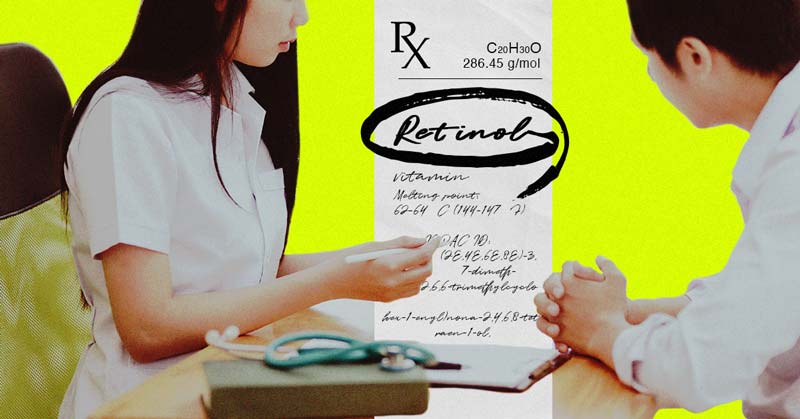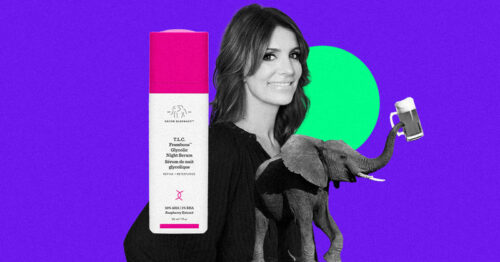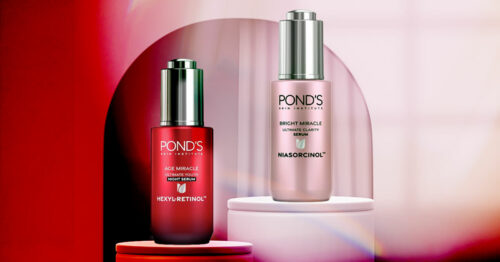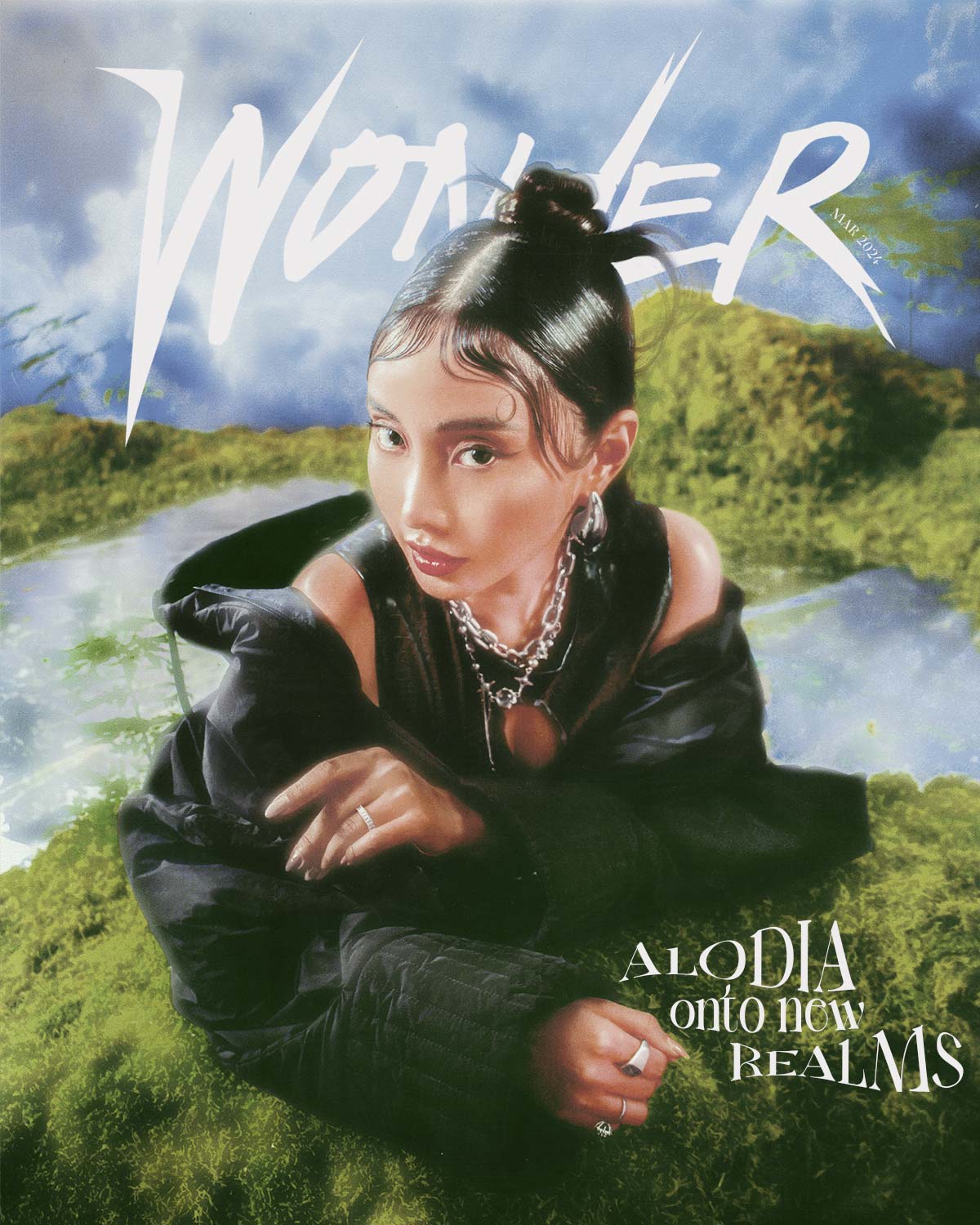A rulebook on all things retinol, because let’s be real: it’s one tricky ingredient
Whether you’re a skincare rookie, a curious enthusiast eager to expand their routine or a full-fledged expert who might as well have a degree in ingredient fluency hanging on their bedroom wall, you and I are bound by a single common thread. You and I have—at least once—asked the question, “What the hell is retinol anyway?”
We see the word used in Instagram captions and digitally plastered on skincare store inventories, but many never bother making the leap towards the big R. To be fair, it’s one of those ingredients that can get even more confusing after a Google search. Imagine searching up “what is retinol” or “retinol benefits” or “retinol facts” and instead getting slapped in the face with a wealth of even more perplexities—retinoid and retinoic acid and are those percentages?
In between the fluff and brands and the double tap-worthy flatlays, it’s easy to forget that skincare is still science. But unlike your high school chemistry class, this is information you can directly apply to your life and your skin. So keep scrolling and study up; a rulebook on all things retinol is up ahead.
RELATED: Spruce Up Your Self-Care Game with These Curated Boxes from Glow Skin Clinic
What is retinol?
And what about all that other stuff: retinoids, retinoic acid, et cetera?
To understand what retinol is, we must first understand what retinoids are. Retinoids are compounds that are derived from vitamin A, a nutrient that boosts healing, prevents breakouts, expedites cell turnover and keeps our skin at the top of its game. There are different kinds of retinoids, all of which vary in their strength and concentration.
This is where retinol comes in. An over-the-counter variation of retinoid, retinol is gentler compared to prescription-only variations like retinoic acid (otherwise known as retin-A or tretinoin) that can show results within three months. This means retinol has less side effects, but also takes longer to work.
What does it do?
And why should you bother?
Retinol may be the closest we mere mortals will ever get to a fountain of youth. Reduced acne! Boosted collagen production! Brighter skin! It’s a much-needed undo button that gradually plumps up wrinkles and fine lines, sweeps away dead skin and leaves smoother skin in its wake. But it doesn’t come without its risks.
What are the side effects?
Here's what you should watch out for
Retinol is one of those products that you need to ease your skin into. Mild irritation, dryness, flakiness and inflammation are common side effects that accompany a skincare’s first foray into retinol exposure. However, these side effects are usually just a signal of your skin adjusting to the new ingredient and learning to tolerate it. They usually go away within a few weeks.
This might not be the case with sensitive skin, though. Despite all the good effects it promises, those with heightened sensitivity, rosacea, eczema and psoriasis are better off skipping retinol completely.
How and when do I use it?
On to the tricks of the trade
This isn’t one of those products you can simply slather on your skin and hope for the best. For all the good it promises, retinol is a compound that requires preparation and strategizing. For first-time retinol users, start small: a pea-sized amount of product in the lowest possible concentration, every three days or so. As the skin builds up a tolerance, increase usage to every other day or gradually (gradually!) work your way up to a higher concentration.
Another thing: use your retinol products at night. Another side effect of this stuff is that it increases the skin’s photosensitivity, so if you hadn’t already drawn a clear divide between your morning and evening routines, it might be the time to do just that. In the daytime, be sure to apply broad-spectrum SPF like it’s your religion.
RELATED: Sasa Is Finally on Shopee, Here Are Our Top Picks
What can I layer retinol with?
What about acids and vitamin C?
The easiest way to frame skincare ingredients is to view them like they’re characters in a school life drama. Retinol, acids (AHA and BHA) and vitamin C typically wouldn’t be caught sitting at the same lunch table because they just rub each other the wrong way. They cancel each other out and can be too much for the skin to handle all at once. Instead of packing all your products on at the same time, consider applying your vitamin C or acids in the morning, retinol at night. If you prefer keeping your AM skincare light, reach for your vitamin C or acids on the nights when you’re skipping retinol. Alternatively, wait at least 30 minutes for your acids or vitamin C to absorb, then go in with retinol.
If you’re particularly attached to vitamin C or find the idea of maintaining a rotation too fussy, consider going for a vitamin C derivative instead. Compared to the real deal (L-ascorbic acid), derivatives aren’t quite as potent but still get the job done. Opt for a vitamin C derivative with a pH level similar to that of retinol (between 5.0 to 6.0!) like ascorbyl glucoside or ascorbyl palmitate.
Which retinol products should I buy?
Start your retinol journey here
Fact: retinol can get really expensive really quick. Before diving deep and going straight to the products that cost P2,000 and up, give the more reasonably priced options a go. The Ordinary (carried by BeautyMNL, Today’s Skin, Go Bloom & Glow, LOOK Philippines at SM Aura and almost every skincare-focused store on Instagram) has a whole line of low-percentage retinol formulations in squalane: 0.2%, 0.5% and 1%. I’ve personally worked my way up from 0.2% to 0.5%, and am looking to graduate to 1% by the time I finish my current bottle.
Another affordable option: The Inkey List (carried by Beauty Bar, Sephora PH, Today's Skin, among others), famous for its straightforward product roster. Both their gentle retinol serum and evening eye cream fall below P1,000. The Olay Regenerist Retinol24 line—complete with a serum, night cream and eye cream—looks pretty promising, too.
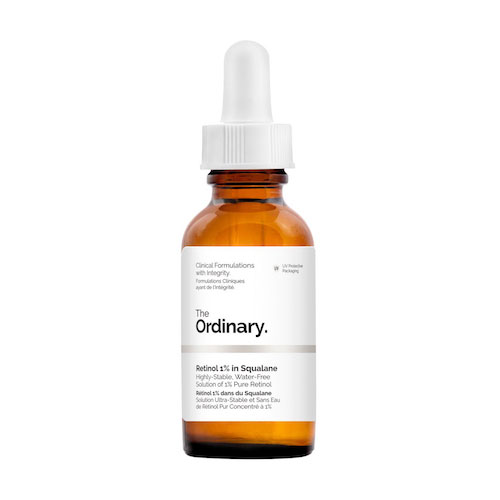
THE ORDINARY Retinol 1% in Squalane |
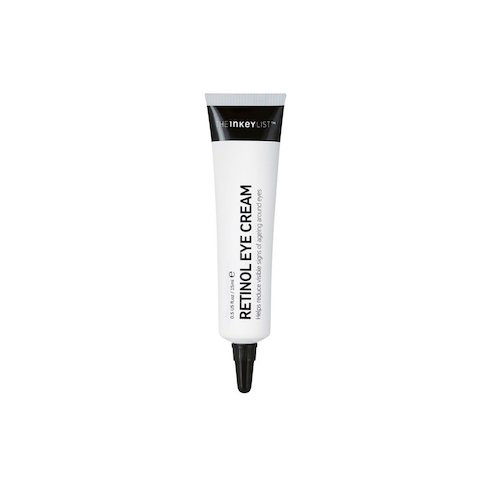
THE INKEY LIST Retinol Eye Cream |
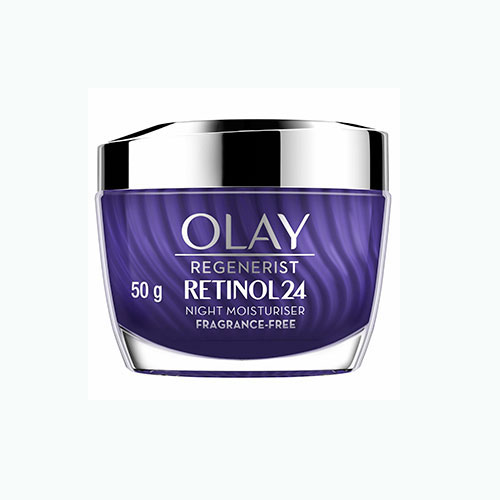
OLAY Regenerist Retinol24 Night Moisturizer |
“Save money, honey,” is a three-word mantra makeup artist Nam Vo preaches and I live by, which is why I’ll likely be keeping my retinol picks to The Ordinary and The Inkey List for the foreseeable future. But, if you find yourself looking for something more potent or luxurious, Biossance's Squalane + Phyto-Retinol Serum, Dr. Dennis Gross' Ferulic + Retinol line and Sunday Riley's A+ High-Dose Retinoid Serum are no-fail cult favorites.
Art Matthew Ian Fetalver


